Introduction
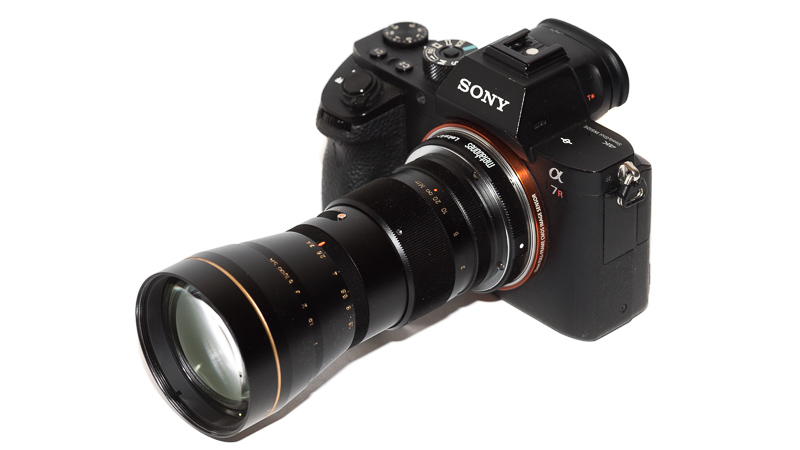
The Aporis 135mm 2.4 is the latest and also longest lens made by MS-Optics, a one-man-lens manufacturer. It even features one of Canon’s famous CaF2 Fluorit glass elements, which is mostly used in their great super tele lenses for minimizing color aberrations. Does it help to actually combine fast maximum aperture, small size and good image quality?
Sample Images

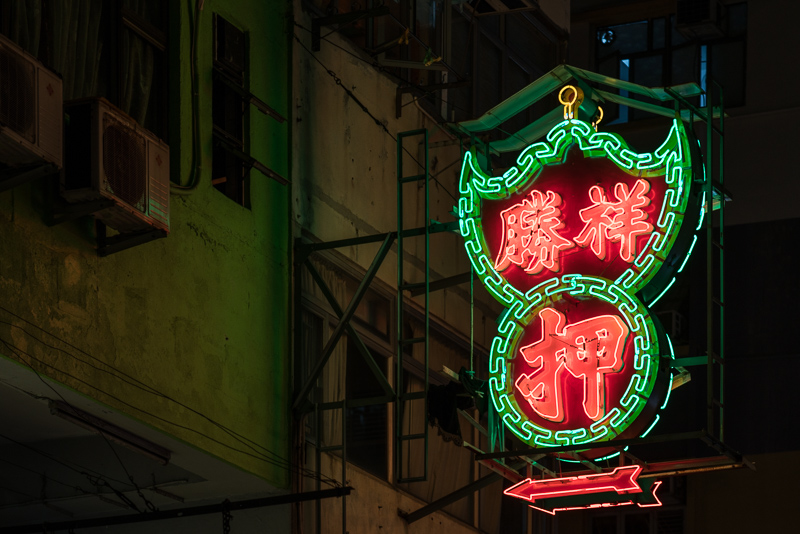

You can find most of the shots in this review in full resolution here.
About MS-Optics
MS-Optics is a lens manufactory from Japan named after its owner and founder Miyazaki Sadayasu. He specialized in designing very small M-mount lenses, but so far most of them could be best described as character lenses with significant residual spherical aberrations. Furthermore they were not designed for the Sony E-mount filterstack, so the corners suffer quite a bit when used on these cameras.
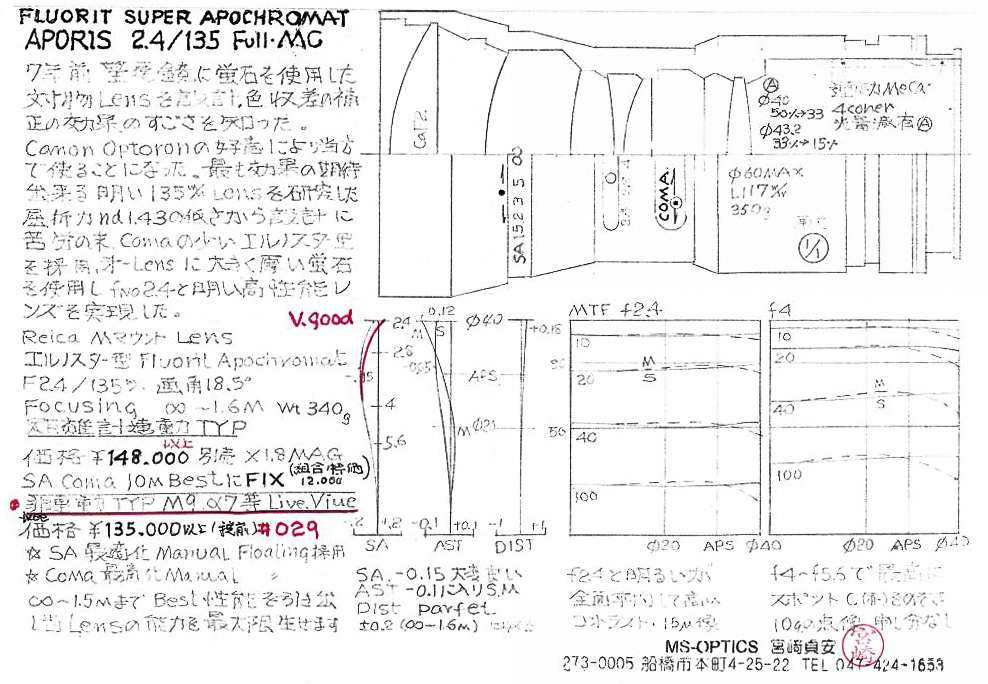
The Aporis is the first longer lens of his M-mount lineup and comes with an Apo tag and quite promising hand drawn MTF graph. Because of the focal length it shouldn’t be affected as badly by the filterstack as his wider pancake lenses. But can this underdog lens keep up with the offerings from the big manufacturers?
You can find information on all the MS-Optics M-mount lenses in my Overview: MS-Optics M-mount lenses.
Specifications and Version History
There are two versions of this lens; a rangefinder coupled version and a non rangefinder coupled with manual floating elements (see handling section) with mirrorless users in mind. I am reviewing the mirrorless version here which has the following specifications:
-
- Diameter: 60 mm
- Field of view: 18.5° (diagonally)
- Length: 120 mm
- Weight: 360g + adapter
- Filter Diameter: 58 mm
- Number of Aperture Blades: 16 (rounded)
- Elements/Groups: 5/5
- Close Focusing Distance: 1.3 m* (measured)
- Maximum Magnification: 1:7.6* (measured)
- Mount: Leica-M
*depending on the settings of Coma and SA adjustment rings these values are subject to change
These are only made in small quantities. For new ones go to japancamerahunter, after that you need to resort to ebay.com (affiliate link) and hope for someone selling his. Price is around 1200$.
Build quality and Handling
There is a lot to talk about here, as there are not only aperture and focusing rings but also rings to adjust the correction of spherical aberration and coma individually (“manual floating elements”).
The focus ring travels ~190° from infinity to the minimum focus distance of roughly 1.3 m. The focus ring is actually the whole front barrel (unit focus design), so aperture ring and front element also rotate when adjusting focus. Therefore taking the test shots in this review this was quite annoying, because I had to readjust focus for every shot. In the field this was barely an issue for me as I usually set aperture before focus anyway. On focusing closer the length of the lens increases by 19mm. The resistance of the focus ring is very nice.
The aperture ring is clickless and turns roughly 100° from f/2.4 to f/16.
The lens also features a small screw-in type lens hood made of metal:

Before getting into detail about the SA and Coma correction rings let me get this out of the way first: I am not overly happy with the markings on the SA and Coma rings. They feature the same distance values as the focus ring and so at first I thought both should be set to the distance I want to shoot at for optimal performance. But if I set both rings to their infinity setting I can’t actually focus at infinity anymore (tested with Metabones, VM-E close focus and too short Fotodiox adapter). So I ended up doing quite a bit of testing myself, which settings work best for me. Luckily I found that I only need to use the SA ring to get the results that I like, but more on that in a bit.
Coma adjustment
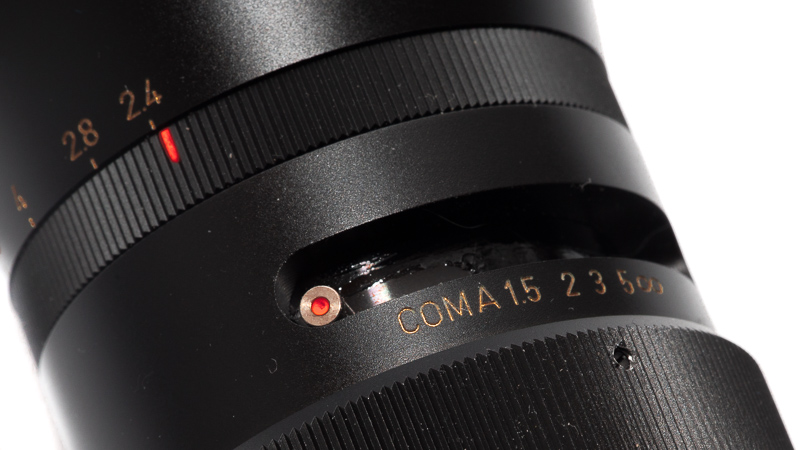
To be honest, I didn’t see a huge impact making alterations to the setting here. My recommendation: keep it at the left most position and don’t worry about it anymore.
Spherical Aberration (SA) adjustment
You can “unscrew” the front element and thereby changing the distance between first and second lens element. If you minimize the distance (turn counterclockwise) this leads to an overcorrection of the spherical aberration and to somewhat harsher bokeh, but field curvature at infinity is minimized.
If you increase the distance (turn clockwise) the bokeh gets significantly smoother but the sharpness will also suffer (if you go to far). I am not sure the markings are the same on all copies of the Aporis (I only tried one) so I will try to be as clear as possible describing the position of my settings.
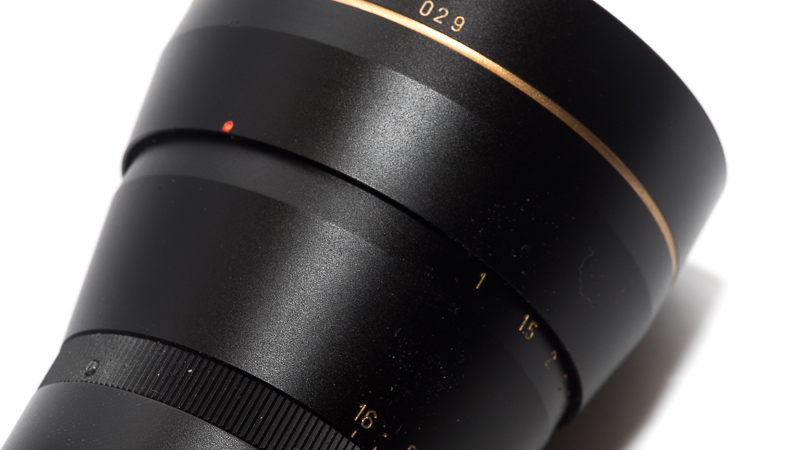
When I screw in the front barrel as far as possible the red dot is about a 70° rotation away from the “1m” mark on my sample.
This setting I use for stopped down infinity landscape or architecture shooting because of minimal field curvature, the harsher bokeh is not relevant here.
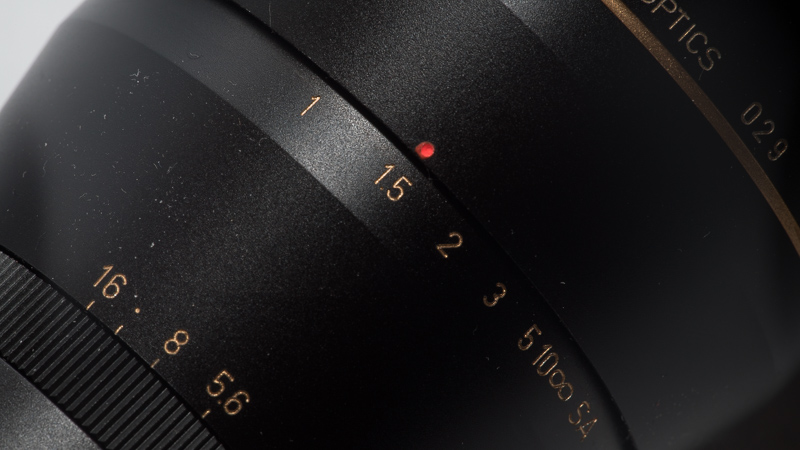
Setting it to the “1.5m” mark (about a 100° rotation from the aforementioned setting) is what I used for most of my shots not taken at infinity. It is a good compromise between sufficient sharpness and smooth bokeh.
Further unscrewing of the front barrel will lead to significant glow, if you are after that:
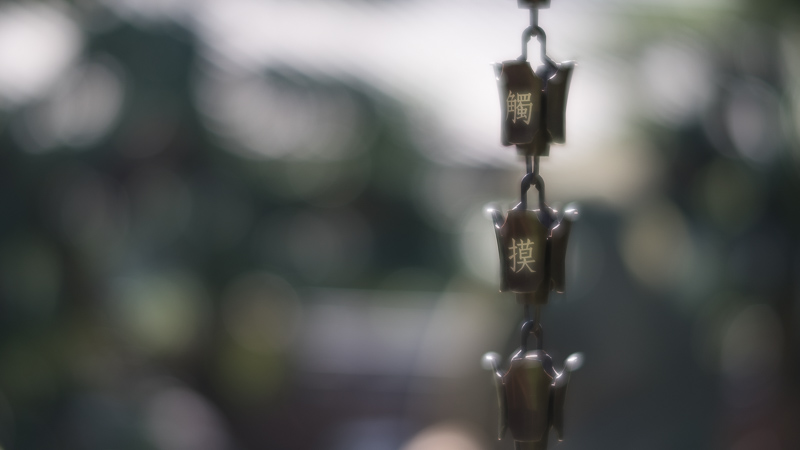
Vignetting
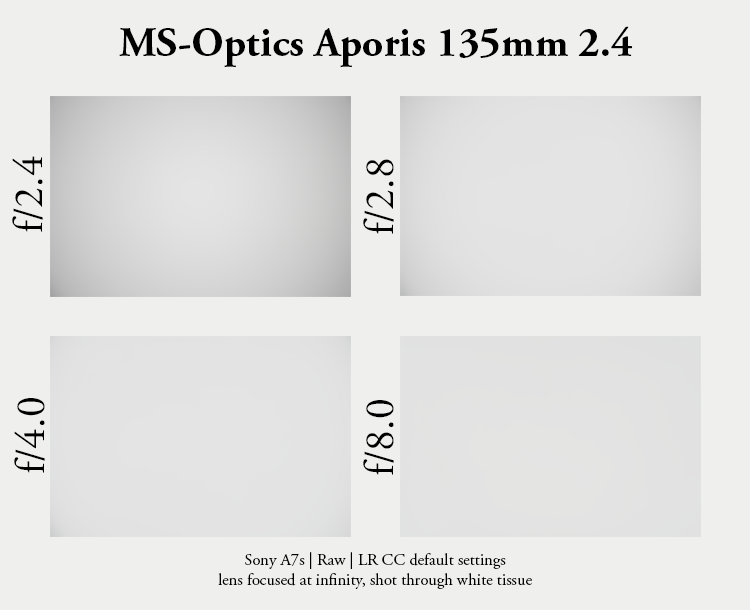
Wide open there is vignetting of roughly 1.5 EV, stopped down to f/2.8 this improves to only 0.9 EV, stopped down to f/4.0 it is negligible with 0.5 EV and further improves to 0.1 EV at f/8.0. There is no Lightroom profile for this lens.
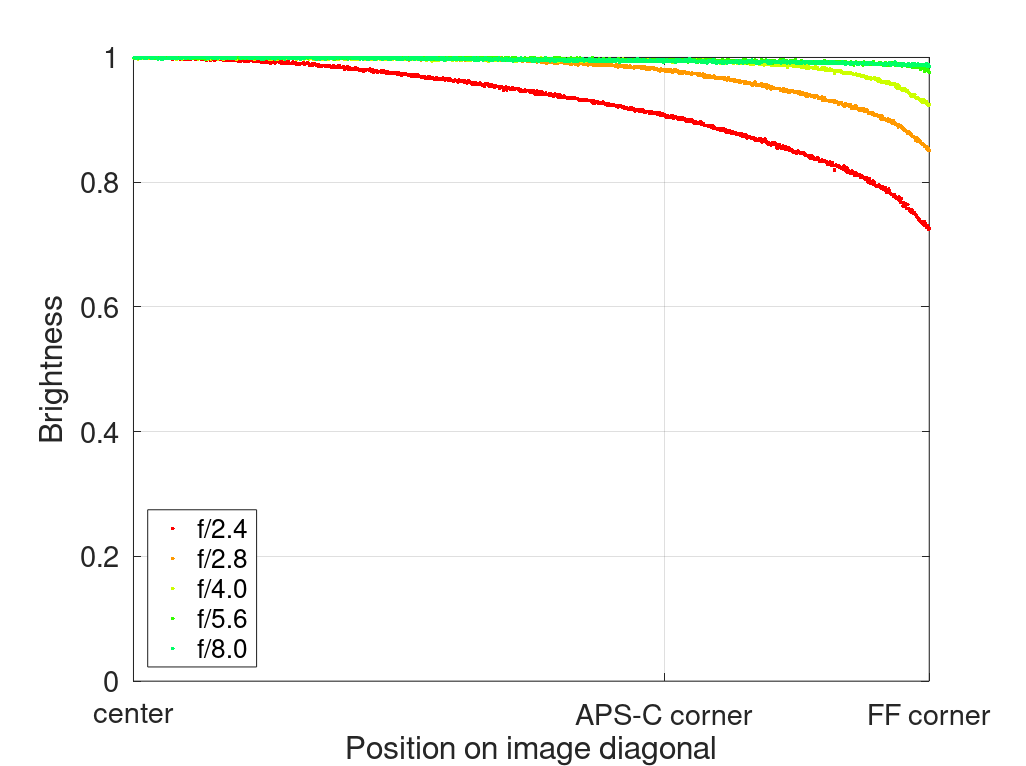
It is recommended to have a look at this article first to get an idea how this brightness graph works.
Sharpness
infinity (SA ring set to left most position)
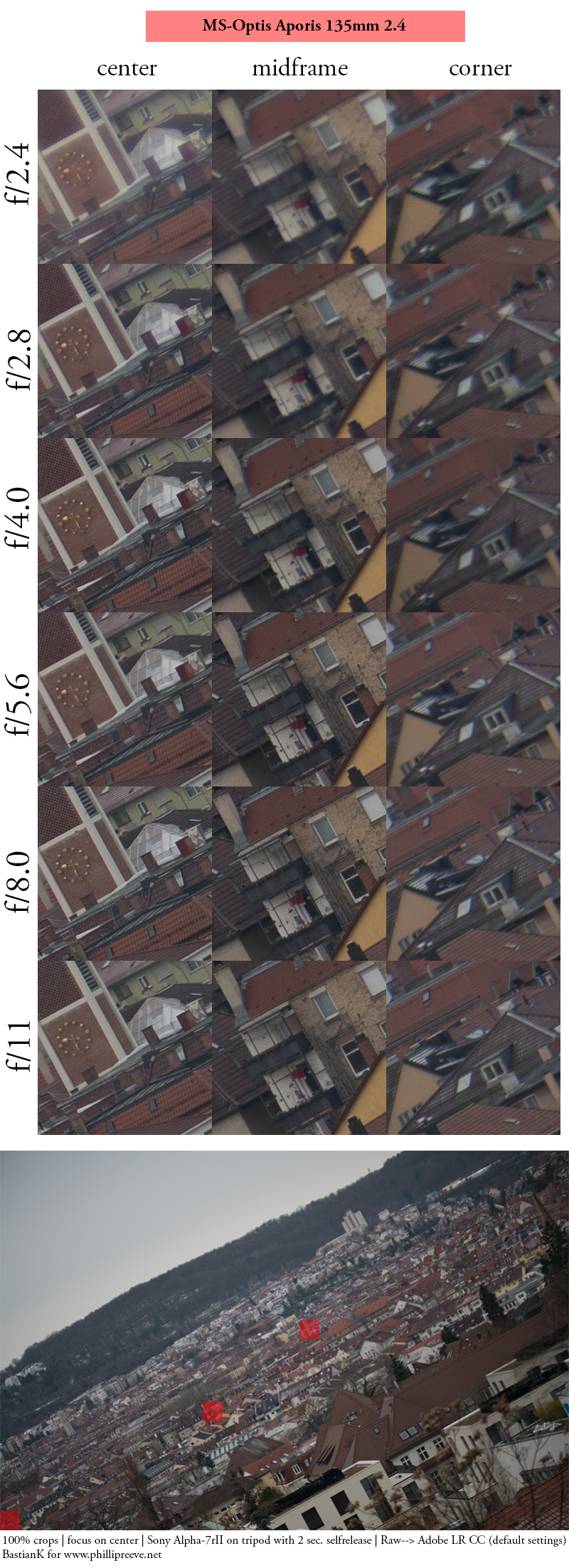
With the SA ring set to the left most position the lens is rather soft across the whole frame wide open. You need f/4.0 for very good center performance, f/5.6 for very good midframe performance and corners look best at f/8.0 to f/11.
The exposure of the f/2.4 and f/2.8 corner crops has been slightly lifted in post.
infinity (SA ring set to1.5m)
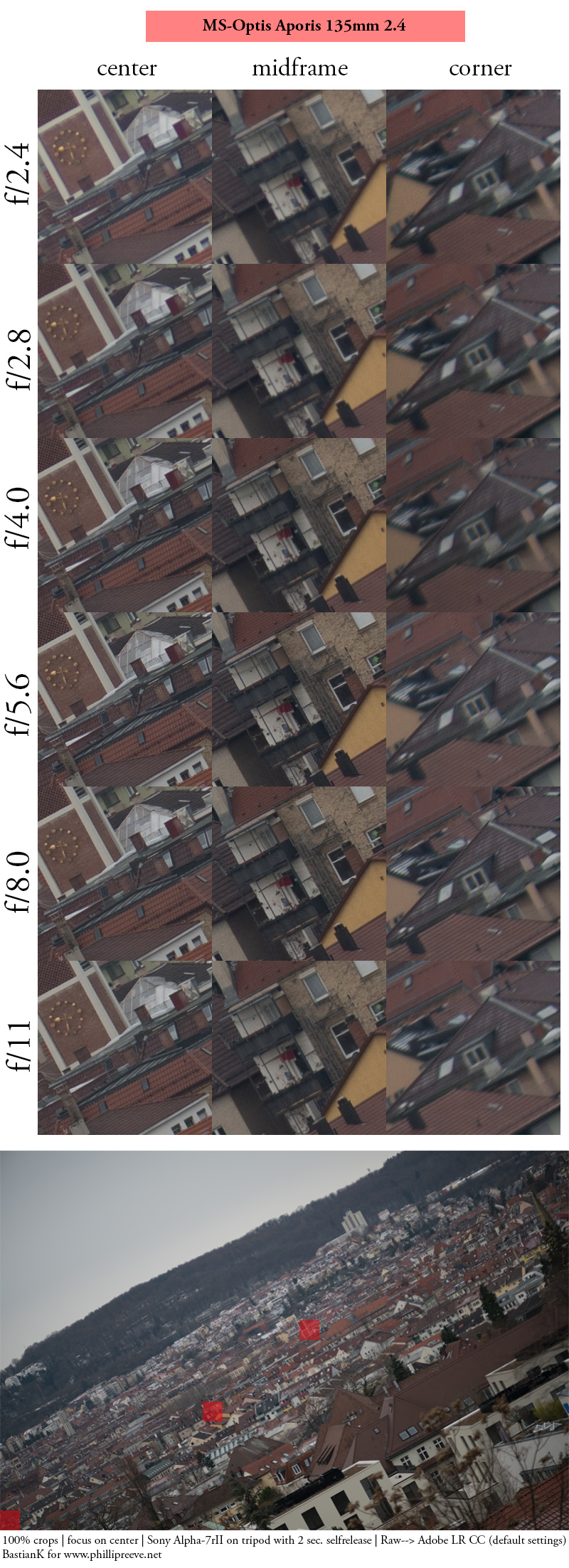
What has changed when adjusting the SA ring to 1.5m? We gained about one stop in the center and midframe and at f/2.4 the lens does not look as soft anymore. Already at f/4.0 most of the frame shows very good resolution figures. But, as I told you in the handling section before: setting the SA ring to the left most position results in the least field curvature, so at f/8.0 to f/11 the former setting gives best across frame results. The 1.5m setting on the other hand works best if there are no details in the corners anyway.
The exposure of the f/2.4 and f/2.8 corner crops has been slightly lifted in post.
Compared to Canon EF 135mm 2.0 L:
I shot the scene above with both lenses side by side. Wide open the Canon shows a little more fine details in the center, but contrast is very similar. The further you move towards the corners the better the Canon looks, it shows a very flat field and impressive performance already wide open (see my Canon 135mm 2.0 L review).
Between f/5.6 and f/11 it is hard seeing any differences in the center. The Canon shows sligthly more edge acuity in the midframe, but you really need to be pixelpeeping to see the difference here. The corners of the Aporis never show the excellent resolution you can find with the Canon.
close focus (1.3 m)
A minimum focus distance of 1.3 m is quite good for a fast 135mm lens. The performance at f/2.4 is not bad and can already give satisfactory results, but stopping down to f/2.8 boosts contrast and resolution considerably.
Adding a close focus adapter like the Voigtlander VM-E close focus does not have a huge impact. Because of the 135mm focal length maximum magnification only increases from 1:7.6 to 1:6.6, not a big difference, so I rather use a lightweight non-helicoid adapter with this lens.
Flare resistance
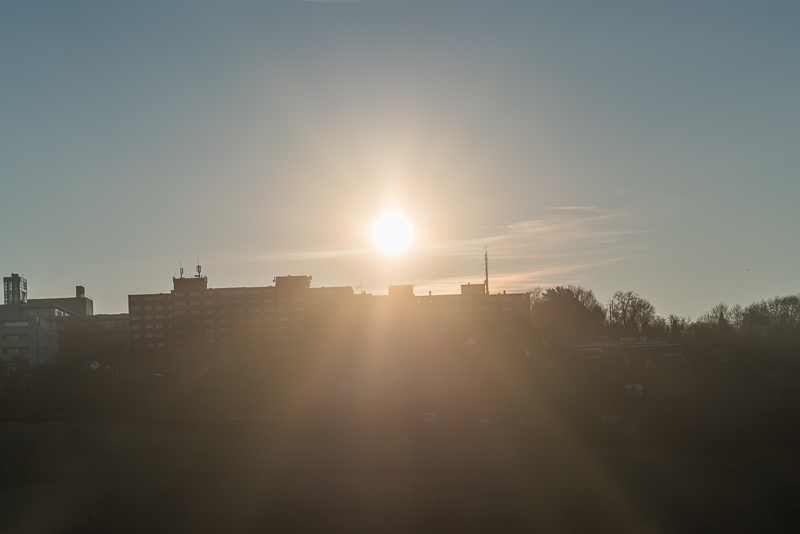
I have yet to find a (fast) tele lens which is a good performer in this category. Ghosting is barely a problem, but you will encounter a loss of contrast when shooting straight into the sun. Placing the sun (or a point light source at night) close to one of the corners can yield in significant veiling flare across most of the frame, very similar to the Leica Tele-Elmar 135mm 4.0. Slight reframing can help quite a bit.
Using the hood didn’t really help though, as you can see in this worst case scenario:
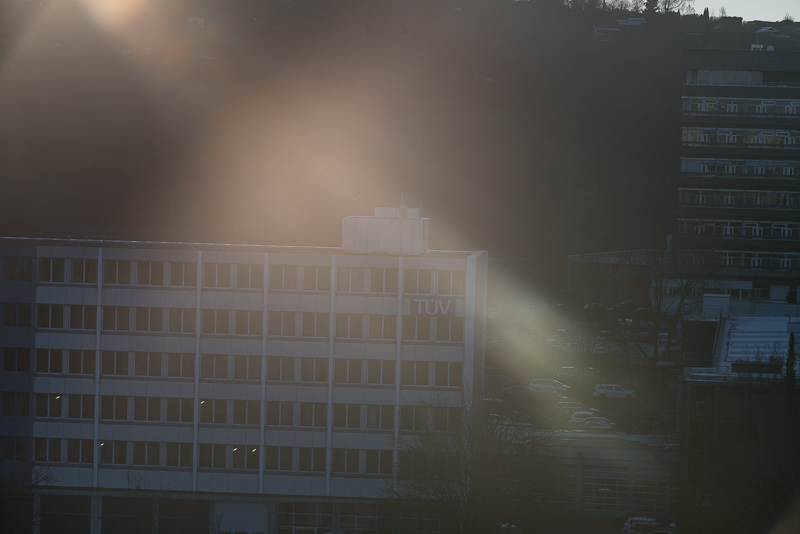
Distortion
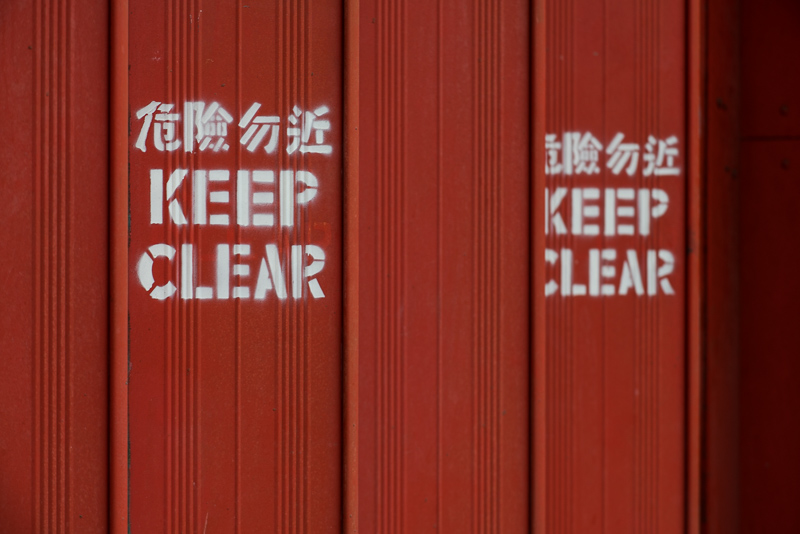
There is only an absolutely negligible amount of pincushion distortion with no field relevance. No correction was applied to the photo above.
Bokeh

For a fast portrait lens this is a very important aspect for me and as I already told you in the handling section the bokeh rendering can be influenced by the SA correction ring. Personally I prefer smooth rendering without double edges or outlining and the good news is the lens can be adjusted to render this way.
But if you prefer a more “classic”, harsher look you can also have that, as you can see in this comparison:
Sony A7rII | MS-Optics Aporis 135mm 2.4 | f/2.4 | Before: overcorrection of SA (set to left most position) | After: SA set to 1.5m
After having spent some time figuring out the settings of the SA correction I am really quite happy with the results I get when the SA ring is set to 1.5m. This is the setting I used for most shots you can find in this review.
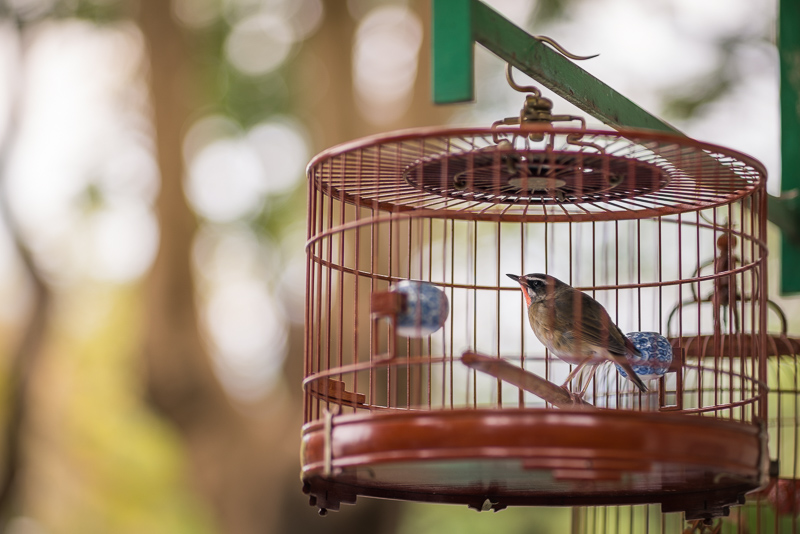
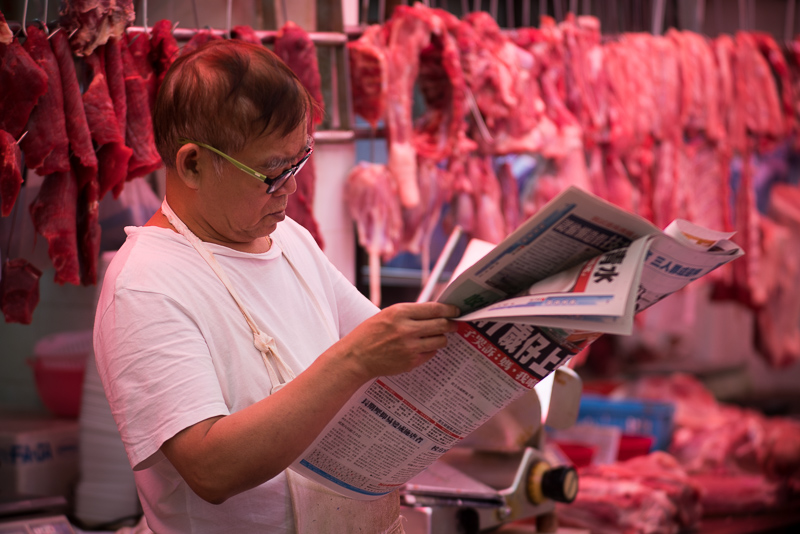
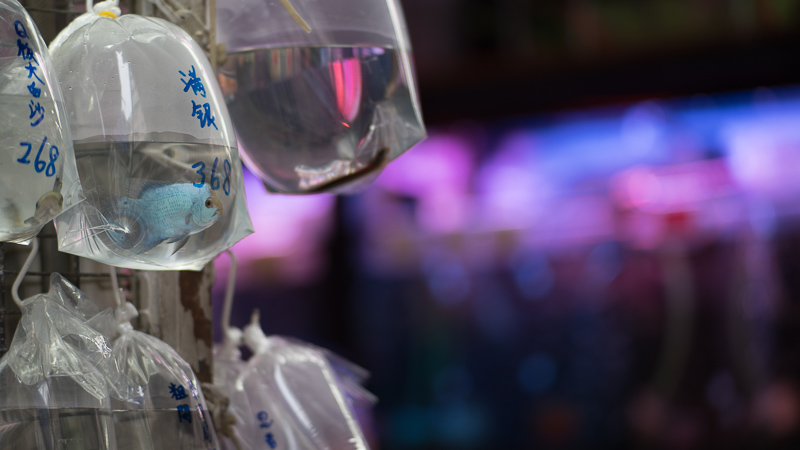
Thanks to the 16 rounded aperture blades highlights stay perfectly round even when stopping down to f/5.6 or further. This is really nice to have in a portrait lens. The mechanical vignetting (cat’s eye effect) is average for a lens in this class but quite good considering the comparably small front element diameter.
Sunstars
With 16 rounded aperture blades my expectations were pretty low, but thanks to the even number of blades the sunstars ain’t that bad actually. I rate this performance as average, for further reference you can also have a look at our Best lenses for Sunstars article.
Chromatic aberrations
longitudinal
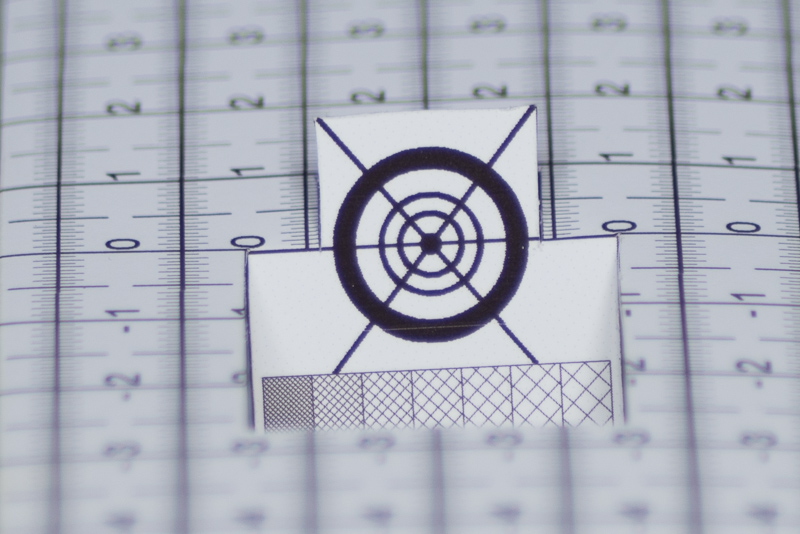
The apochromatic correction of the Aporis is not as perfect as we have seen with the Zeiss Batis 135mm 2.8 Apo Sonnar or the Voigtlander SL 180mm 4.0 Apo-Lanthar, but it is still very good and handles the fountain stress test with ease.

lateral
Sony A7rII | MS-Optics Aporis 135mm 2.4 | f/8.0 | CA 100% crop before/after corner
There are only very minor lateral CA which can easily be corrected by using e.g. Lightroom.
Alternatives
Leica Apo-Telyt 135mm 3.4:
I haven’t tried this one myself yet. What is obvious: 1 stop slower, 30% heavier, a bit more than 2 times as expensive. Judging by what I have seen from this lens so far resolution looks better but bokeh doesn’t. So the Leica might be the better choice for landscape and architecture while the Aporis might be better for portrait and street photography.
Leica Tele-Elmar 135mm 4.0:
This lens is pretty cheap, especially considering the Leica dot, but I wasn’t overly happy with it: too slow, bad minimum focus distance, too heavy for what it is. Still worth considering if you are just looking for a small low budget option for landscape and architecture shooting.
Zeiss Batis 135mm 2.8 Apo Sonnar:
This is a very modern design with AF, excellent color correction, great contrast and resolution already wide open. Compared to the Aporis it looks pretty bulky though and is quite a bit more expensive.
Canon EF 135mm 2.0 L:
The Canon EF 135mm 2.0 L is a great lens that I still own and regularly use as it is one of the few lenses combining high resolution with smooth bokeh. But it is also 2 times as heavy, much bulkier and loCA correction is worse.
Samyang 135mm 2.0 ED UMC:
Pretty much the same as the aforementioned Canon lens with apochromatic loCA correction and even more bulk. The color rendering also differs by quite a lot from my other modern lenses (much warmer).
Older 135mm 2.0/2.4/2.8 SLR lenses:
The Canon FD 135mm 2.8 is a good example of this class of lenses: most of these are significantly cheaper, but they are often lacking a bit in terms of contrast wide open and color correction isn’t really great either.
Conclusion
good
|
average
|
not good
|
As some of you may remember that in my search for a light 135 mm lens I already reviewed the Leica 135mm 4.0 Tele-Elmar and the Jupiter-11 135mm 4.0 and I wasn’t overly happy with either. Due to being only f/4.0 bokeh didn’t really impress me and while the Leica showed good resolution figures the correction of loCA was a let down, as was the weight of more than 500g without adapter.
Those issues are most certainly solved with the Aporis: it is 1 1/2 stops faster, very lightweight with only 360g, offers a very good loCA correction and boasts high contrast already wide open.
Furthermore bokeh can be adjusted to your taste from harsh to soft and even glowy. The 16 rounded aperture blades will yield nice round highlights even stopped down and the even number leads to unexpectedly okay sunstars.
What are the downsides? Resolution wide open is not as high as you see from significantly bulkier modern lenses like the Zeiss Batis 135mm 2.8 or the Samyang 135mm 2.0. To keep the weight down the mechanical construction is rather simple with rotating front element, which is not very polarizer friendly.
If you like this lens as much as I do really depends on what you want to shoot with it. As your “do everything” 135mm lens the Zeiss Batis 135mm 2.8 or Canon EF 135mm 2.0 L might be the better choice, featuring AF and higher resolution.
But if you are looking for a fast yet compact portrait lens to supplement your VM 35mm 1.7 or VE 40mm 1.2 this Aporis might be exactly what you are looking for. I was already looking for a lens like this for quite some time, as the Canon EF 135mm 2.0 L was already too big and heavy for this application for me, while the Zeiss Loxia 85mm 2.4 didn’t feature the level of subject isolation I wanted to have.
Still, this lens needs a bit of work to make fully use of it and fiddling with the SA correction ring from time to time. But if you are willing to do this the results can be quite rewarding. To give you a small impression of how much I liked it: on my last trip I also carried the Zeiss Loxia 85mm 2.4 and the Olympus OM 180mm 2.0, but this is the lens that could most often be found mounted on my camera.
These are only made in small quantities. For new ones go to japancamerahunter, after that you need to resort to ebay.com (affiliate link) and hope for someone selling his. Price is around 1200$.
Sample Images
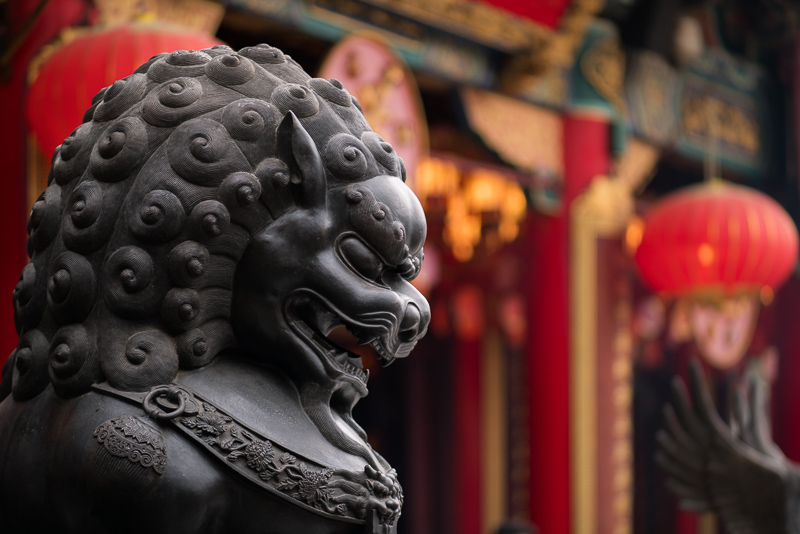
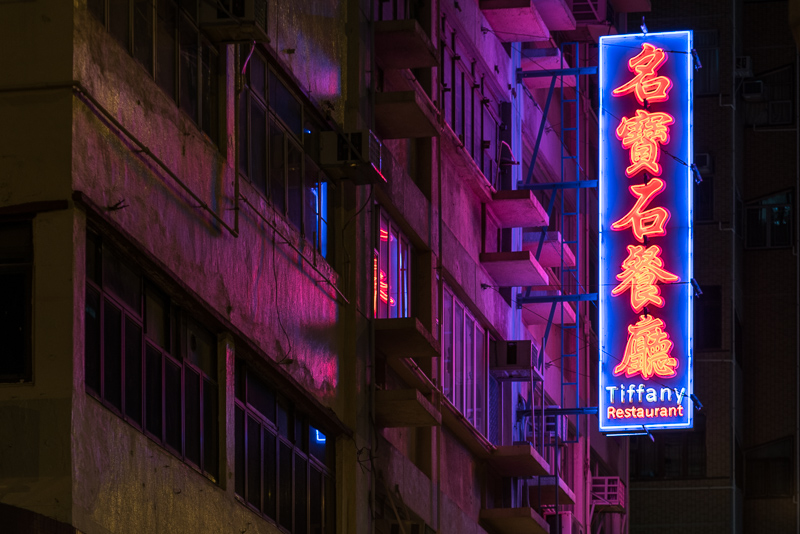
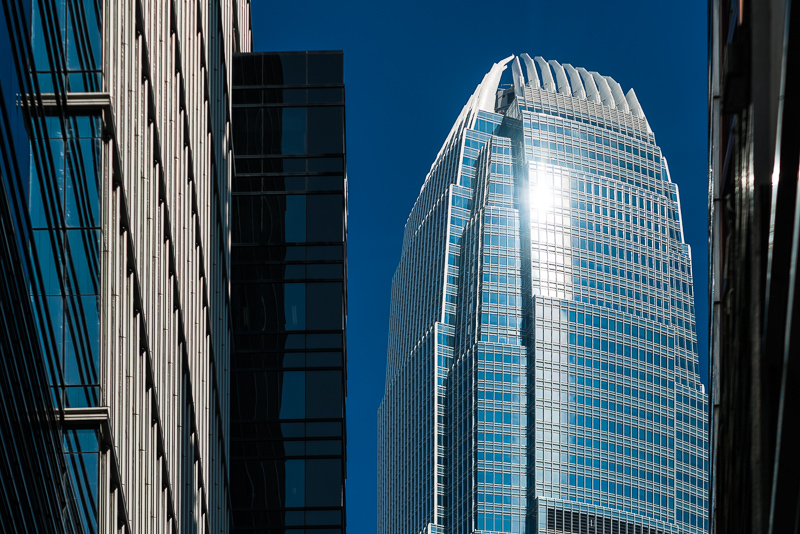
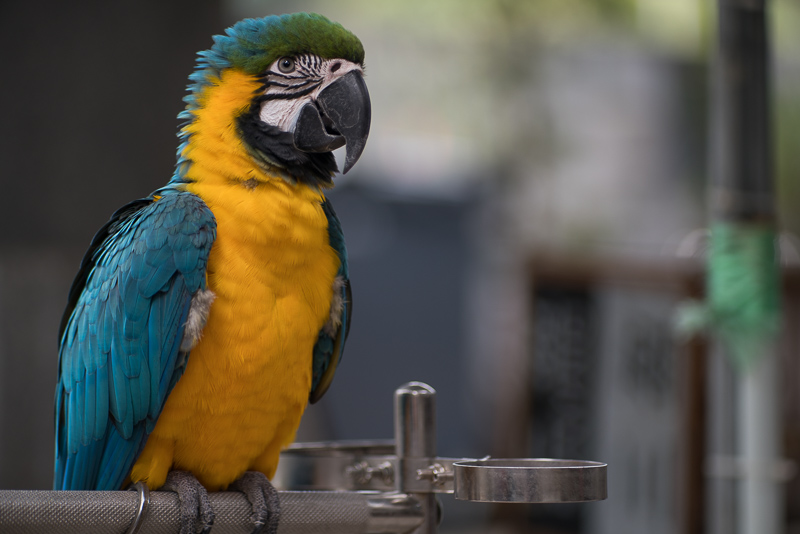
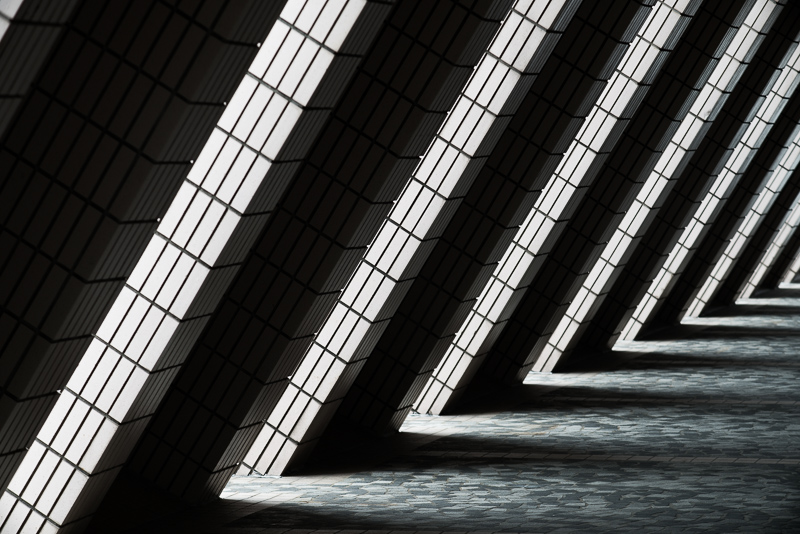

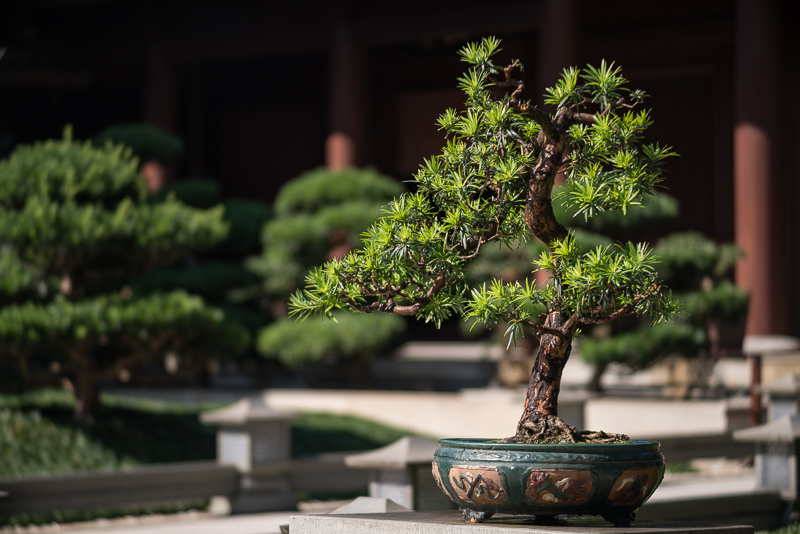
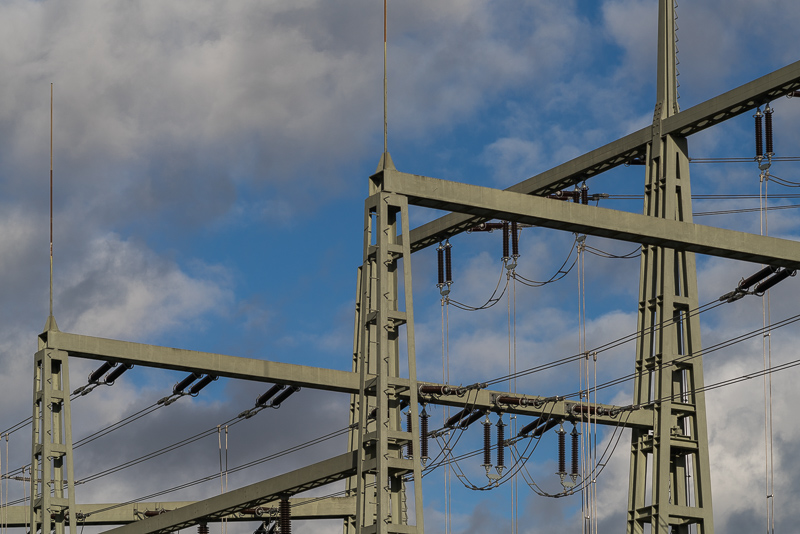
You can find most of the shots in this review in full resolution here.
Further Reading
- Leica Summicron 90mm 2.0 pre Asph Review
- Wide angle lenses for A7 series cameras
- Mini tripods for mirrorless cameras
Support Us
Did you find this article useful or just liked reading it? Treat us to a coffee!
![]()
![]()
![]() via Paypal
via Paypal
This site contains affiliate links. If you make a purchase using any of the links marked as affiliate links, I may receive a small commission at no additional cost to you. This helps support the creation of future content.
Latest posts by BastianK (see all)
- 2025 – Year in Review - December 23, 2025
- Review: Sony FE 70-200mm 4.0 G Macro OSS II - December 20, 2025
- Review: Viltrox AF 35mm 1.2 FE LAB - December 17, 2025










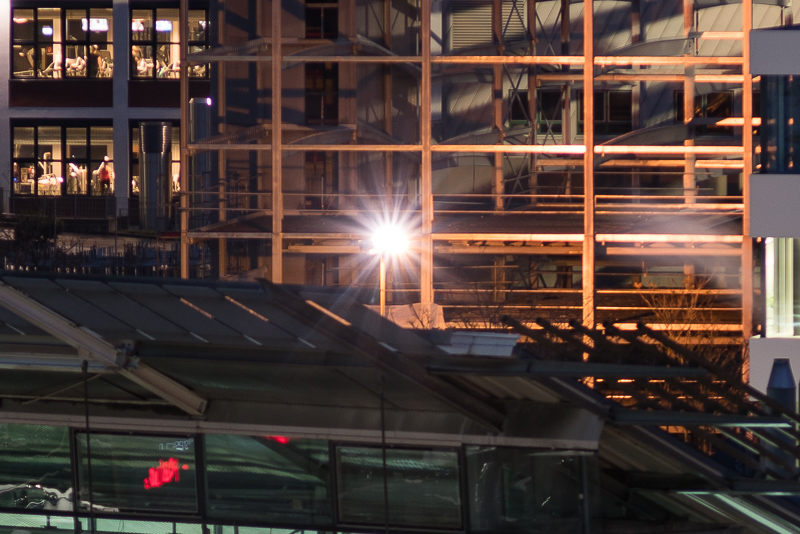
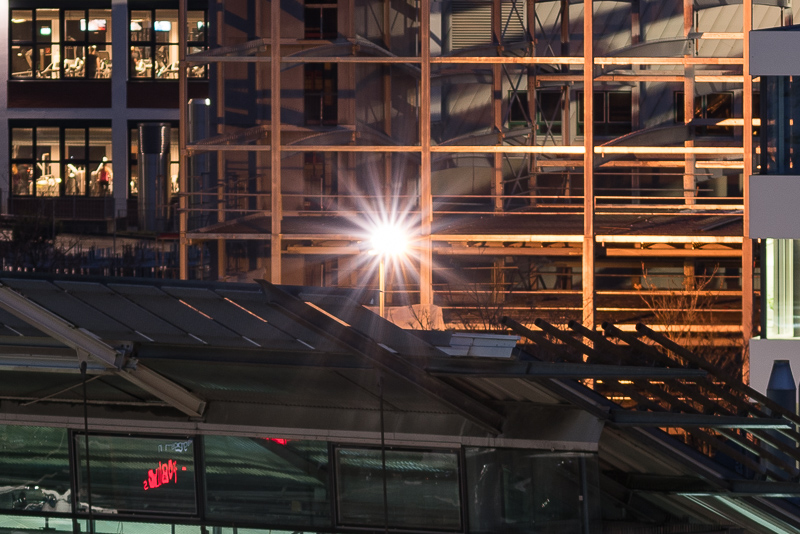
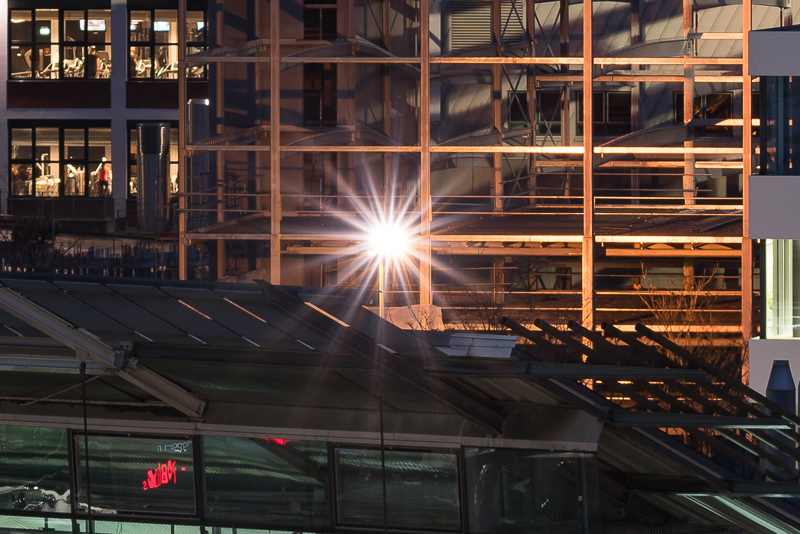
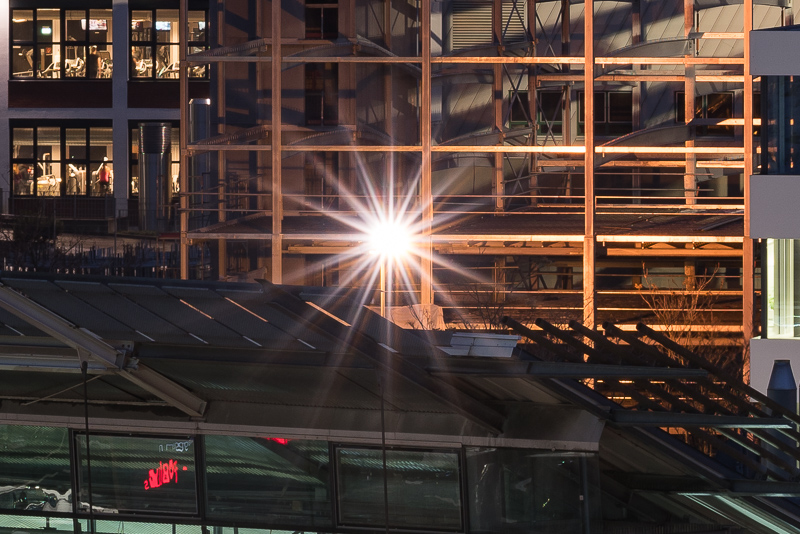

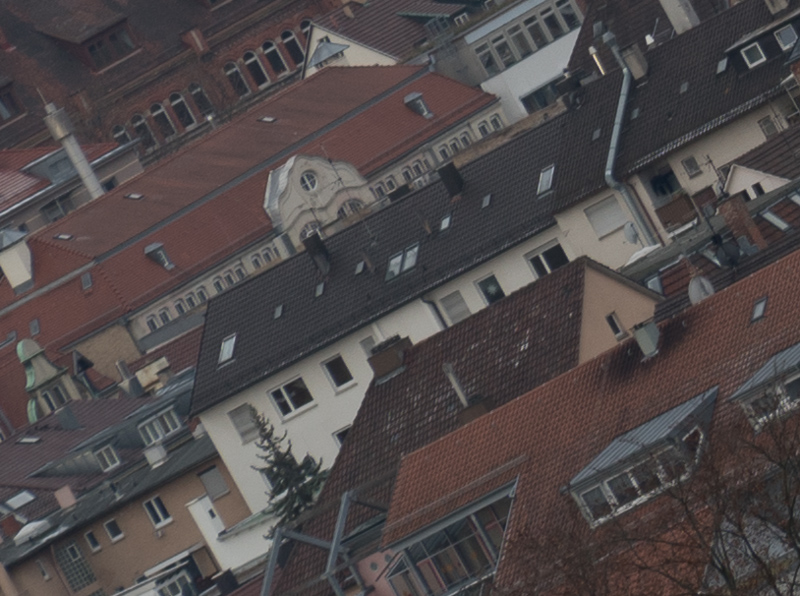
Thanks for another great review Bastian. A bit off topic, but since you have reviewed both the Canon 135 f/2.0 and the 70-200 f/f4, which do you think fits better for outdoors type pictures (similar to what you and Phillip take)? I am quite torn between the two for use on my A7II.
The 70-200 4.0 is a nice lens optically, but it is also somewhat bulky so I decided to go for the 135L. Now I will mostly be using the Aporis reviewed here though.
Just a follow up on the 4/70-200 G lens.
Obviously it’s a zoom, so it will vary a bit from copy to copy.
But mine (and this is reflected in a number of review and other owners) is not wonderful at 200 and f4, which is where I mostly want to use it. It is really excellent at 135mm: but the bulk means that I always prefer to use a prime if that’s what I want. And my Batis 135 cropped to 4/200 equivalent and up-rezzed is no worse than the zoom at 200 wide open.
A 2.8/200 AF prime, which could be about the same size as the 4/70-200 and a *lot* smaller than a 2.8/70-200 is really needed.
I think your wish has been fulfilled as early as 1989: EF 200mm f/2.8L II USM 😉
(I think the current version dates from 1996)
Now, I wouldn’t touch Canon equipment, so I can’t comment on optical performance. On the Nikon side, I rather doubt that the 2.8/180 AF can touch the current 2.8/70-200. I can’t imagine/hope that any of the major manufacturers would offer a new 2.8/200 design these days – it seems to be 2.0 or zoom.
There is a patent for a Batis 2.8/180; that doesn’t mean they will release it but I really really hope they do.
I am also in the same dilemma. I want a long lens for landscape (I have an Olympus OM 200mm f4 and it has too much chromatic aberration). I am between the Canon EF 70-200 f/4, or the Canon FD 135 f/2. The abundance of the first one makes that both have similar price second hand, and it is difficult to find a FD 135 f2 that is not ridden by fungus or scratches.
So far I am moving towards the 70-200, for the versatility and easy to find online.
Be careful with buying that Canon EF 70-200mm 4.0 L online. It was quite difficult for me finding a well centered one…
I found a couple of people in my area selling it (in Denmark). Is there any easy way to check that it is a good copy “on the spot”?
Maybe over the holidays we will finally manage to publish an article how to check lenses for centering 🙂
Can you post a picture of this mounted to your A7-series camera so I can tell how big it is? Thanks!
I’m actually (potentially) in the market for this lens. I have the Loxia 85 and the Voigtlander 180/4 APO-Lanthar is on the way, but the only thing I have at 135mm is the Rokinon. Which is an awesome lens, but just a [b]bit[/b] big for some of my use cases.
Now I see a picture of it on the A7RII at the top of the review.
Did I miss that on first reading?
:/
Always been there ☺
If you’re still out for a compact 135mm, try the Zeiss Jena 135/3.5 – if only for this blog. I find it usable sharp already wide open and with lovely Sonnar bokeh.
I am so done with those old slow low budget tele lenses with low contrast and bad color correction.
I think I’m going to pass on this lens. But not on account of your review. Absolutely gorgeous sample images and the bokeh looks great. However, the lens + adapter looks nearly as bulky as my $380 Rokinon 135/2 and the color correction isn’t as good. Of course, the Rok is a lot heavier, so you are definitely getting something for your money with the MS Optics lens.
I’ll just wait for someone to release a modern 135/3.2 class lens in a Loxia 85-sized body. It’s not like the Rok is lacking anything in the IQ department 🙂
I have really no idea how you come to think this lens is nearly as bulky as that Samyang lens.
I can only judge from the screenshot. But the length appears very similar. Obviously the weight difference is significant.
The girth is much less, which combined with the weight makes it feel tiny in comparison.
The length of most 135mm lenses tends to be close to, um, 135mm to sensor, since it’s a focal length which is never retrofocus and usually not very telephoto either. (telephoto means approximately having a physical length shorter than the focal length)
Hi David!
I just got the Voigtlander 180/4 APO in the mail today. It’s about the size and weight of the Loxia 85/2.4.
That’s my idea of a small telephoto landscape lens. If someone releases an APO 125-135/3.2 class lens with these dimensions and excellent IQ I’ll jump on it.
Yes the 4/180 is very nice and compact. It’s the only lens of that length I travel with. I’d love to see a modern version with a bit more contrast and a touch less astigmatism. But the classic one is better than my 4/70-200.
I hunk we all hope for a light, compact sharp 135. The Aporis is lovely, but for landscape we might be better off with something like the 4/135 AP0 Telyt; or preferably something modern, cheaper, sharper and smaller: which ought be possible. Basically Batis 135 performance a stop slower with manual focus.
Notable omission asan alternative: Zeiss APO Sonnar 135/2. Arguably the highest performance 135mm lens for FF cameras.
Too much LoCA for me with that Zeiss.
I’m surprised to hear that. Sure it has measurable LoCA, but I’ve never found it very obvious in real-world photos. Do you know of an 135mm lens with better LoCA correction?
Zeiss Batis 135mm 2.8 and Samyang 135mm 2.0.
Still, I think the Zeiss 2/135 Milvus/Classic is more than good enough and most people will never spot loCA in a relevant amount.
I have the B 135 and the classic APO Sonnar.
You can never spot LoCA on the Batis.
Yes, you can just, sometimes, see a slight tinge on OOF borders on the classic. But you have to look hard.
But the classic is still pretty close to perfect on the LoCA front. I us both of these lenses in different situations, and I have never chosen not to use the classic for fear of LoCA
Have you tried the Voigtlander 125mm f/2.5 Apo Lanthar SL? It is also known for its legendary CA correction, although it is quite expensive and rather heavy due to its long helicoid.
Meanwhile, rumour has it that Voigtlander may release a new 125mm f/2 Apo Lanthar for Sony FE, this time with 1:1 macro: https://www.sonyalpharumors.com/sr3-voigtlander-working-new-125mm-f2-macro-11-fe-lens/
Thanks for this very informative review. I was really interested in this lens because I already own a Perar 24 which I like for its special way of rendering images. And now since three month I “accidently” have my favourite 135 lens for my Sony A7II . A friend of mine had to push me several times to try it which in the end I did just right out of politeliness…. It’s an old single coated Takumar(Bayonett) 2.5/135. I tried a lot 135 lenses before but none of them stayed for several reasons. This early version of the Takumar 2.5/135 can befocused down to 1.2 meters and renders the out of focus areas front and back nicely. So I am happy my friend sold it to me.
No risk no fun!
But I prefer no risk!
My 2 Cents!
Notice that the MTF chart only goes up to 40 mm diameter, whereas full frame covers 43.3 mm. It seems that, in order to minimize the size and weight of his lenses, Mr Miyazaki only designs lenses for 40 mm image circle diameter. As a consequence, on full frame, corner performance is not guaranteed, and there may even be some vignetting (e.g. with certain configurations of the SA ring on this lens).
I personally think that this is a reasonable trade-off to get possibly the most compact 135mm lens that is f/2.8 or faster with lovely image quality within 90% of the frame, but it would have been nice if Mr Miyazaki was more transparent about the limitations of the lens.
I translated that manual. I’m intrigued by this lens. I’m watching Japanese used camera gear store carefully now. I might trip to Japan in this year, and hope I get a chance to handle this lens.
Fluorite Super Apochromat APORIS 2.4/135 Full MC
7 years ago, I found using fluorite on the objective glass in the telescope is very effective correcting chromatic aberrations in lens design. Thanks to the courtesy of Canon Optoron, I could try those. I learned a fast 135mm lens would give the best result when using fluorite. At the end of hard working, I managed to design a lens with refractive index as low as nd 1.430. It adopts Ernostar design with low coma, and use thick an large fluorite objective to realize a fast, high performance lens with F2.4 aperture.
Leica M mount lens
Ernostar type, fluorite apochromat F2.4/135mm, FOV 18.5 degree, can focus 1.6m-infinite
RF coupled version
148,000yen, rf maginfier(1.8x) would be sold seperately(12,000yen)
Spherical aperration, Coma is best corrected at 10m
RF non-coupled version (for live view camera like M9, A7…)
135,000yen
SA/Coma optimize manual floatin elements for best performance from 1.5m to infinite.
SA -0.15 very good
astigmatism Sagittal/Meridional difference -0.11
distortion perfect
At F2.4, very high contrast for entire frame. circle of confusion 15 micron
At F4-5.6, the best performance, circle of confusino 10micron.
Vignetting image circle 40mm, 50%-33%, 43.2mm 33-15%
Hello Bastian,
thanks to your help I was able to buy this lens in mint condition. Thank you very much!
This is an amazing lens, considering its small size and the optical formula with only a few lenses.
Of course can one element made of calciumfluoride not eliminate 100% of all CA`s, but nevertheless the results are very, very good.
I am very happy, that I finally got this lens and I think I will use it much.
Best regards,
Christian